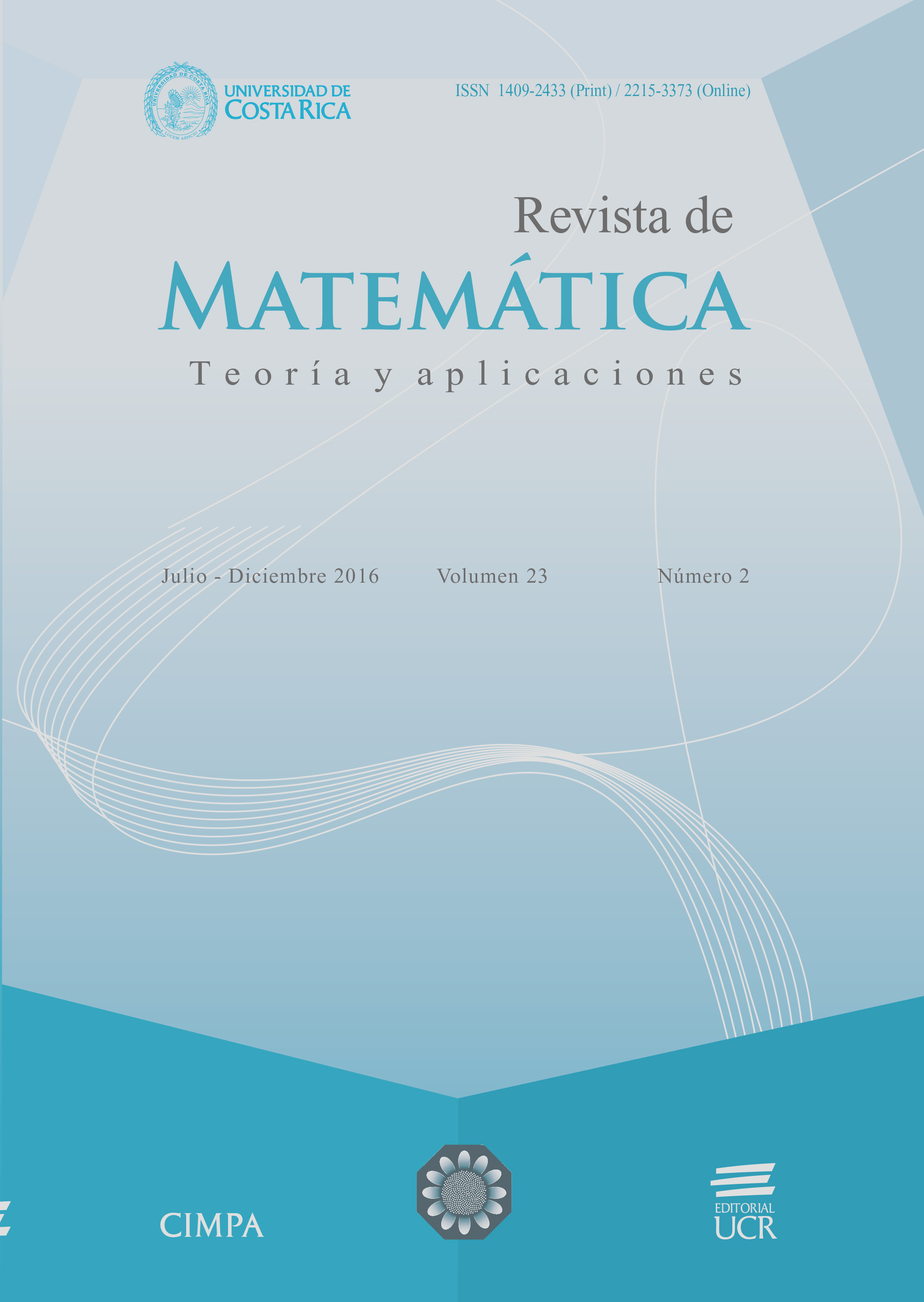Abstract
This paper present the process of simplification of the function maximum likelihood gradient, used in the estimation of confirmatory factor analysis. The gradient obtained is presented infunction of CFA tradition al matrix: Λ, Φ y Θε (regression coefficients, variances of latent variables and error variances). This simplification was performed using matrices derivation laws and yielded an expression for the gradient easy for programing.
References
Bock, R.D.; Bargmann, R.E. (1966) “Analysis of covariance structures”, Psychometrika 31(4): 507–534.
Brown (2006) Confirmatory Factor Analysis for Applied Research. The Guilford Press, New York.
Cea, M.A. (2002) Análisis Multivariable: Teoría y Práctica en la Investigación Social. Editorial Síntesis, Madrid.
Jöreskog, K.G.; Sörbom, D.; du Toit, S.; du Toit, M. (2000) LISREL 8: New Statistical Features. Scietific Software International, Lincolnwood IL.
Kaplan, D. (2009) Structural Equation Modeling. Foundations and Extensions. Sage Publications, Thousand Oaks CA.
Mulaik, S.A. (2009) Linear Causal Modeling with Structural Equations. Chapman & Hall/CRC, Boca Raton FL.
R Core Team (2014) “R: A language and environment for statistical computing. R Foundation for Statistical Computing”, Vienna, Austria. http://www.R-project.org/
Rossell, Y. (2012) “lavaan: An R package for structural equation modeling”, Journal of Statistical Software 48(2): 1–36.
##plugins.facebook.comentarios##

This work is licensed under a Creative Commons Attribution-NonCommercial-ShareAlike 4.0 International License.
Copyright (c) 2016 Revista de Matemática: Teoría y Aplicaciones





